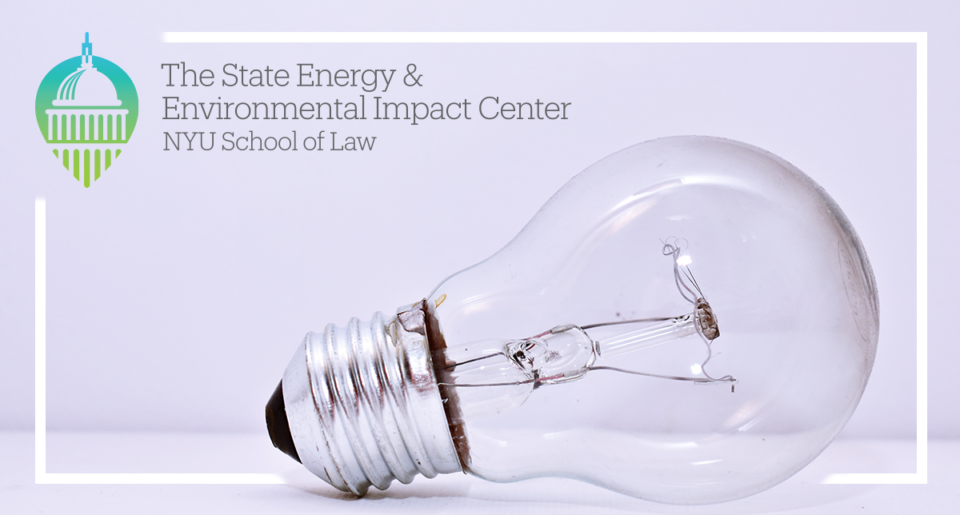Everyone is a Fan of Saving Energy… Except the Trump Administration
David J. Hayes (Past Executive Director) / February 21, 2019

Since 1975, Congress has directed the Energy Department (DOE) to develop national energy efficiency standards that are technically feasible and cost-effective for consumers and manufacturers alike. The Energy Department’s efficiency standards, developed through notice-and-comment rulemakings that ensure extensive manufacturer and consumer input, now cover more than 60 categories of products, yielding nearly $2 trillion dollars in reduced energy costs and 7 billion metric tons of reduced carbon dioxide emissions over the life of the program.
Despite the maturity and success of Energy Department’s energy efficiency standards program, the Trump administration clearly would prefer not to implement it. The administration has missed 16 legal deadlines for reviewing and updating standards. It also has tried, but so far failed (thanks to intervention by state attorneys general), to put off the compliance deadline for a final ceiling fan rule, and to ignore five efficiency rules that were completed before it took office.
Earlier this month the Trump administration announced its latest gambit to kill the Energy Department’s highly acclaimed energy efficiency program. It is proposing new rules that promise to slow-walk and gum up new energy savings initiatives while, secondly, tearing the heart out of major lighting-related savings that are due to kick in next January 1.
More specifically, the DOE has proposed to extend, complicate, and make more industry-friendly the rulemaking process that the agency has successfully implemented for many years. Specifically, the Trump administration is proposing that no energy efficiency standards move forward: (1) without a showing that standards satisfy a non-statutory, arbitrary, energy-savings threshold; (2) until at least six months after test procedures have been identified for new standards; and (3) unless industry-sponsored test procedures are incorporated into the rule, without regard to their efficacy.
In addition to these systemic rule changes, the Trump administration is proposing to undercut Congress’ explicit obligation that the Energy Department ratchet up energy efficiency standards for general service light bulbs to a 45 lumen per watt standard by January 1, 2020. Manufacturers have been preparing to meet this statutory obligation for some time. Nonetheless, with less than a year to go, the DOE is now putting forward a cynical, last-minute proposal that would radically redefine general service light bulbs to exclude almost half of all common bulb sockets (2.9 billion of them) from this statutory requirement. If finalized, this rollback would cost consumers up to $12 billion on their utility bills and keep 25 otherwise-unneeded coal burning power plants online, translating into 34 million tons of additional climate-changing carbon dioxide emissions each year.
The bottom line is that the Trump administration’s latest proposals would flout the law, blow up a highly successful energy-saving program that has earned strong bipartisan support, slap a huge financial and pollution penalty on consumers and businesses, and needlessly and cruelly accelerate climate change. This is what “deregulation” looks like in the Trump era.
